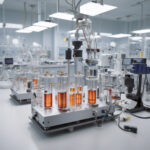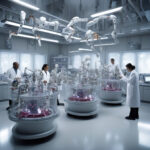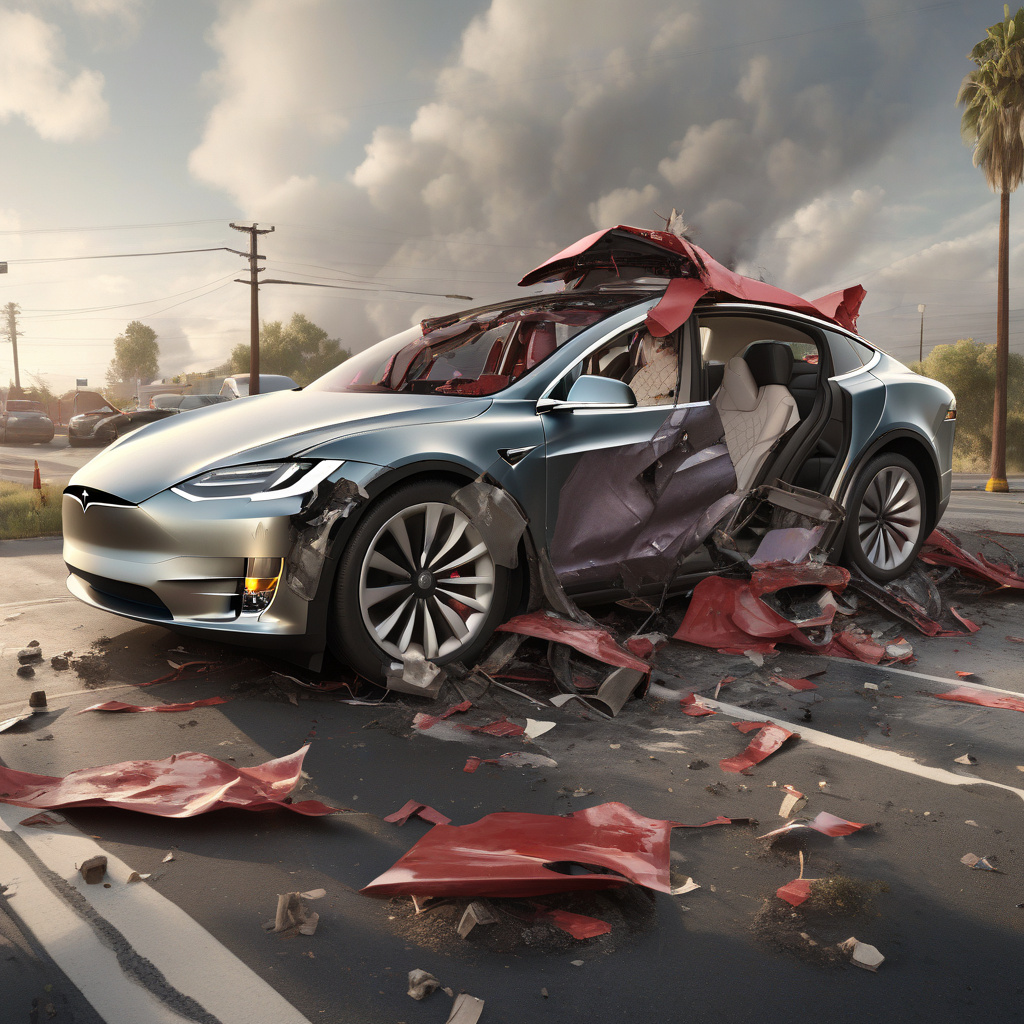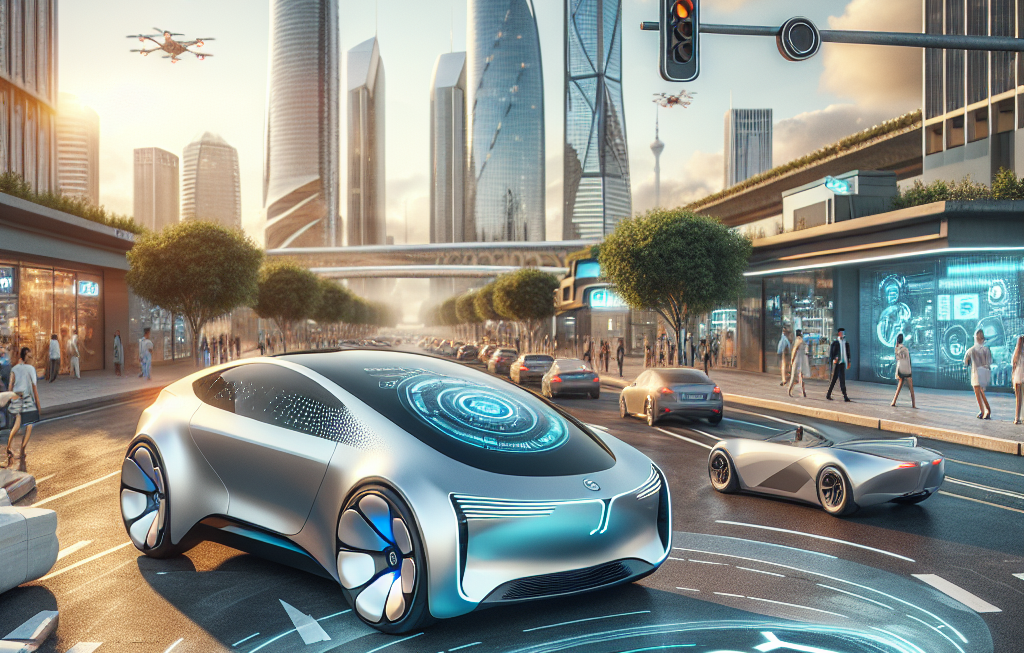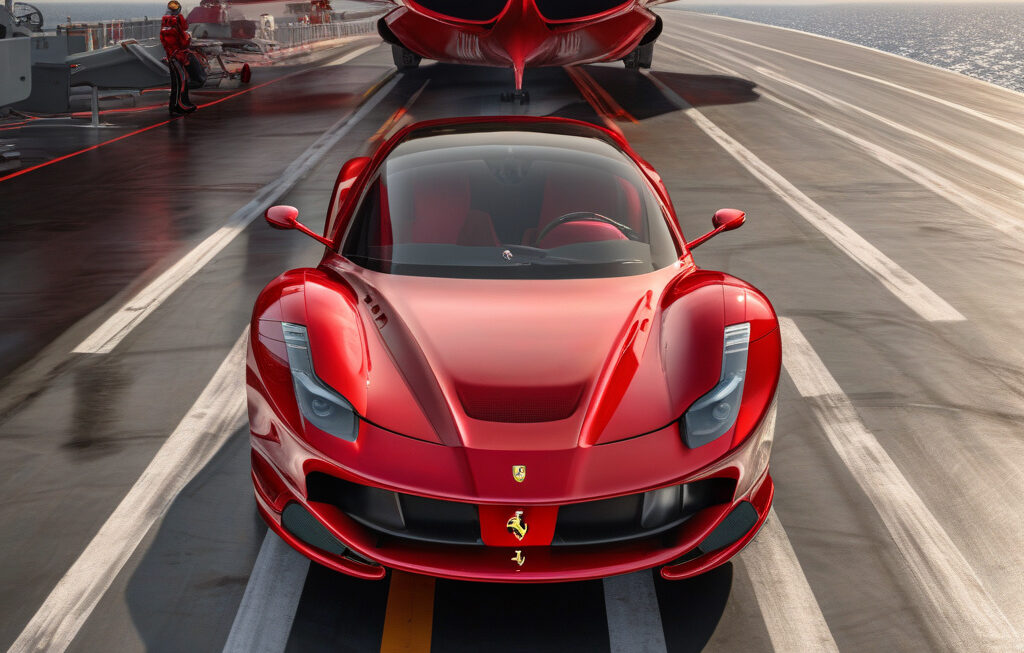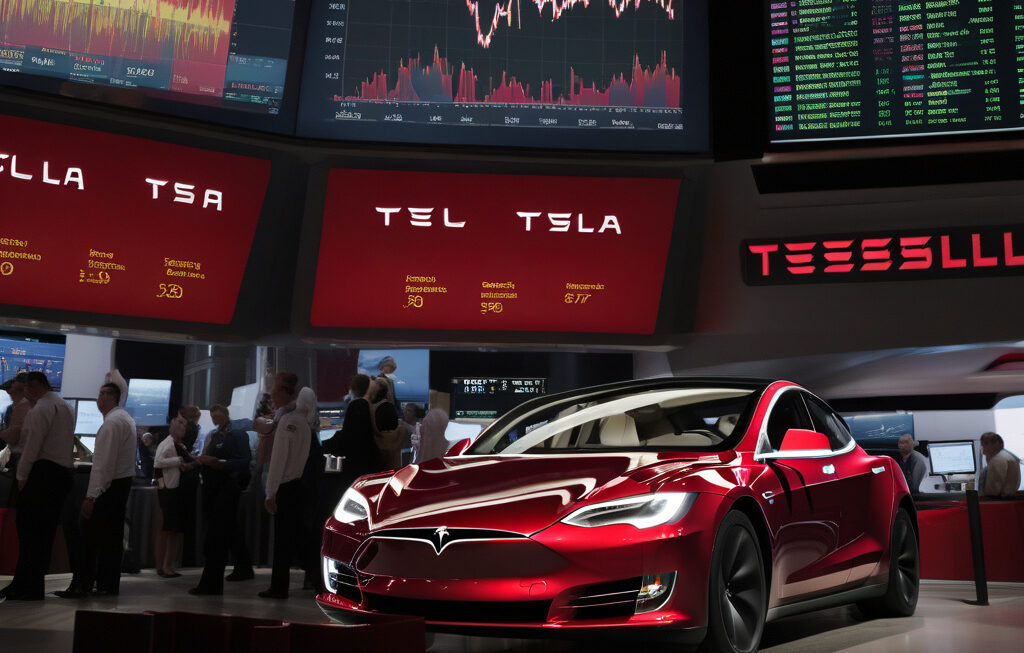Tesla’s Latest Self-Driving Mode Flips Car in a Scary Crash, Raises Safety Concerns
A new 2025 Tesla Model 3 with the latest Full Self-Driving (FSD) Supervised update has reportedly veered off the road and flipped in a terrifying crash. This incident has once again raised concerns about the safety and reliability of autonomous driving technology, particularly in light of Tesla’s ambitious advancements in this field.
The accident occurred on a busy highway during rush hour, where the Tesla was navigating through traffic using the FSD Supervised mode. Witnesses described how the car suddenly swerved to avoid a merging vehicle, overcorrected, and ultimately ended up rolling over multiple times before coming to a stop. Miraculously, the driver and passengers escaped with only minor injuries, but the harrowing experience has reignited the debate surrounding self-driving cars.
While Tesla has been at the forefront of autonomous vehicle development, with CEO Elon Musk touting the benefits of FSD technology in terms of safety and convenience, incidents like this highlight the potential risks involved. Critics argue that relying too heavily on automation can lead to complacency among drivers, who may not be prepared to take control in emergency situations.
Proponents of self-driving technology, on the other hand, point to the overall safety record of autonomous vehicles compared to human-driven cars. They argue that while accidents do occur, they are often due to external factors or human error, rather than inherent flaws in the technology itself. Additionally, they emphasize the continuous improvements being made to FSD systems through over-the-air updates and real-world data collection.
In response to the crash, Tesla released a statement expressing concern for the well-being of the occupants and promising a thorough investigation into the cause of the incident. The company reiterated its commitment to advancing self-driving technology in a responsible manner, highlighting the need for ongoing testing and refinement to ensure the safety of all road users.
As regulators grapple with the complexities of overseeing autonomous vehicles, incidents like the recent Tesla crash serve as a stark reminder of the challenges ahead. Balancing innovation with safety is a delicate dance, one that requires collaboration between industry stakeholders, policymakers, and the public to establish clear guidelines and expectations for self-driving technology.
In the aftermath of this alarming event, it is clear that the road to fully autonomous vehicles is still fraught with obstacles. While the potential benefits are significant, including reduced accidents, improved traffic flow, and increased accessibility for individuals with mobility issues, the transition must be approached thoughtfully and with caution.
As Tesla and other automakers continue to push the boundaries of self-driving technology, it is essential to prioritize safety above all else. The human element of driving, with all its complexities and nuances, cannot be overlooked or underestimated. Only by acknowledging the limitations of automation and actively addressing them can we hope to realize the full potential of a future with self-driving cars.
#Tesla, #SelfDriving, #SafetyConcerns, #AutonomousVehicles, #FutureTechnology

